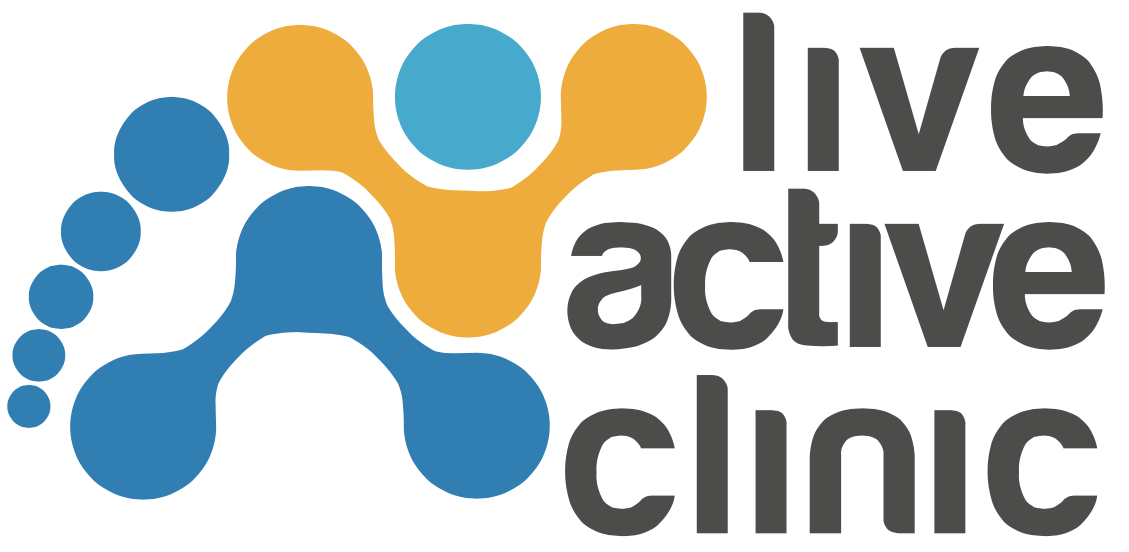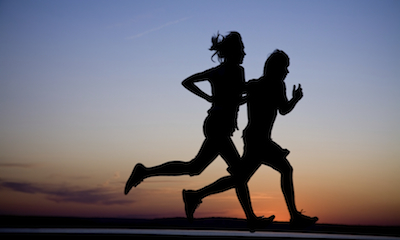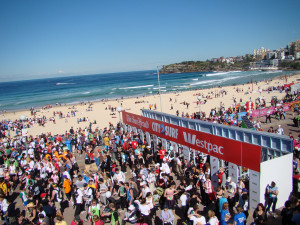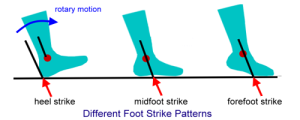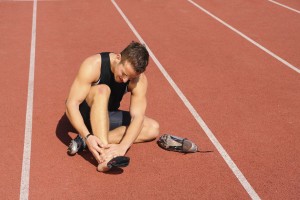When an athlete wants to begin a running training program, most attention is paid to good running shoes, the timing between training runs and stretching and mobility. Unfortunately, there is no simple “Running for Beginners” guide to do the work for you. Whilst these are all important factors to consider, an overlooked area of training is determining what type of runner you are. Using these handy running tips will ensure you cross that line in record time whether you’re a seasoned athlete or a weekend warrior.
Types of Runner
In order to reduce injuries, and achieve your goals, you need to determine what type of runner you are, and what type of event you wish to train for according to your specific biomechanical make up. Different categories of running can be used for different events.
Dependant upon your individual biomechanics and the type of activity you would like to participate in, you will
naturally be one of three categories of runner.
– Forefoot Striker
– Midfoot Striker or
– Rearfoot Striker
Determining what type of runner you are can help shape your training schedule, running goals and avoid injury.
Forefoot Running – This is most useful for short sharp distances such as sprinters, or events up to 800 metres, due to the strong propulsion effect created by the calves.
Midfoot Running – better for longer distances, such as 10km, half marathons and marathons. Midfoot running enables the force to be distributed across the entire foot, leading to less fatigue.
Heel Strike Running – Has the potential for greater chance of injuries due to the increased impact point on the heel whilst running. Affecting movement and forces through the ankle, knee leg and hip. Potentially the most inefficient form of running
How injuries occur
Injuries can occur at any stage of training or competing, but understanding your particular biomechanical structure and knowing where your weaknesses may lie can prevent or reduce the impact of injuries on your body. Each movement of the foot carries risk to the delicate structures of the foot, ankle knee and hip.
When your foot strikes the ground (Contact phase). Impact injuries to the foot, ankle, knee and hip are common – including patellar tendonitis, shin splints and heel pain.
When your weight shifts and your centre of gravity( COG) is over the mid portion of your foot (Midphase).
Inversion or eversion sprains of the ligaments, overuse syndromes of muscles and tendons and torsional injuries at the knee and hip are likely to occur here. Ankle sprains, stress fractures and subluxations are common.
As your COG moves forward, you begin to push off the ground. This is the called propulsion phase. Muscle or tendon strains can occur in the back of the leg and bottom of the foot during this phase. Plantar fasciitis, neuromas, hamstring and gluteal injuries are typical.
Running Injuries are common and most injuries occur not due to hard surfaces or falls but due to poor biomechanics, or improper function of the musculoskeletal system due to underlying anomalies of mechanical structures, in particular of the feet, ankles, knees and hips.
For example
Feet which are too rigid, too high arched, too flexible or too flat
Ankles which are unstable
Bowed legs and knocked knees,
Restriction of flexion or extension at the foot, ankle, knee or hip
Excess torsion at the ankles, knees or hips
Compensation by the foot, ankle, knee or hip due to restrictions elsewhere
Common Running Injuries
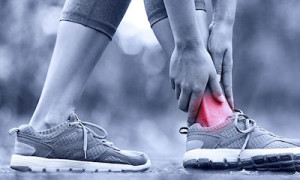 Tendonitis – Pain and Inflammation of a tendon mainly due to overuse. Eg Tibialis Posterior syndrome, Achilles Tendonitis and Patella Tendonitis
Tendonitis – Pain and Inflammation of a tendon mainly due to overuse. Eg Tibialis Posterior syndrome, Achilles Tendonitis and Patella Tendonitis
Runners Knee – Tender pain at or around knee cap
Stress Fractures – Tiny fractures through the bones in the foot ankle or leg due to overuse
Pulled muscles – Strains or sprains in the muscles of the lower leg due to stretching beyond its anatomical or elastic limits. Calf, Hamstring, Quadricep and Hip Flexors and Glutes are examples of muscles that are commonly pulled.
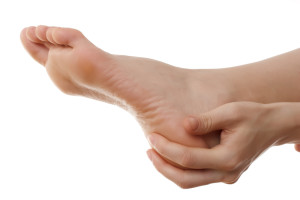 Plantar Fasciitis– Pain and inflammation underneath your heel
Plantar Fasciitis– Pain and inflammation underneath your heel
ITB Syndrome – Pain and inflammation down the outside of your thigh where the Illiotibial band runs from your hip down and across your knee
How do we treat these conditions?
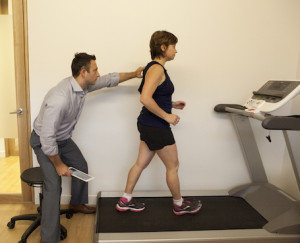
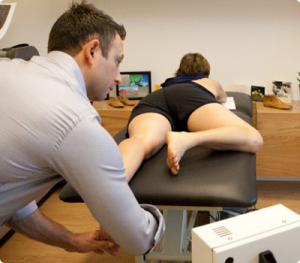
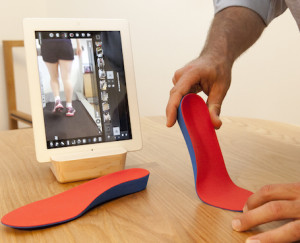
Using state of the art diagnostic equipment, and clinical skills we determine what type of runner you are and how your specific biomechanics may be affecting your performance. With this information your specific treatment plan will be developed to build your improved performance, condition resolution, strength and endurance.
So contact us today and we’ll help you to be back on the track quicker, and Live Active.


